Introduction
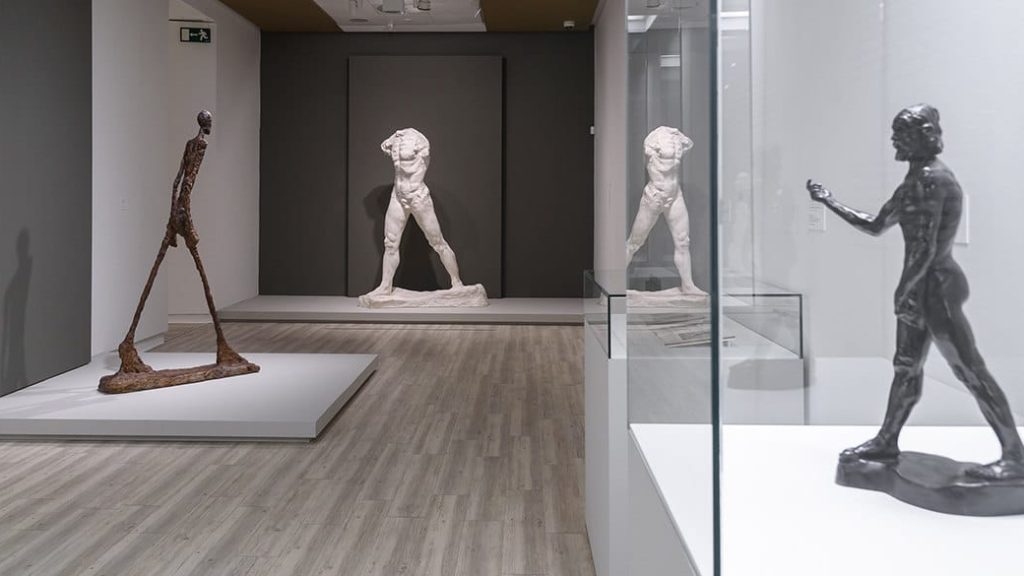
Sculpture is a way of combining art and space, conveying the artist’s thoughts and emotions through materials and forms. Alberto Giacometti was a famous sculptor of the 20th century, and his work “The Walking Man” became an important work in art history with its unique style and profound expression. This article will delve into the artistic characteristics, creative background, and emotional impact on the audience of the “The Walking Man” sculpture.
Abstract Expression of Art: The Background of “The Walking Man” Creation
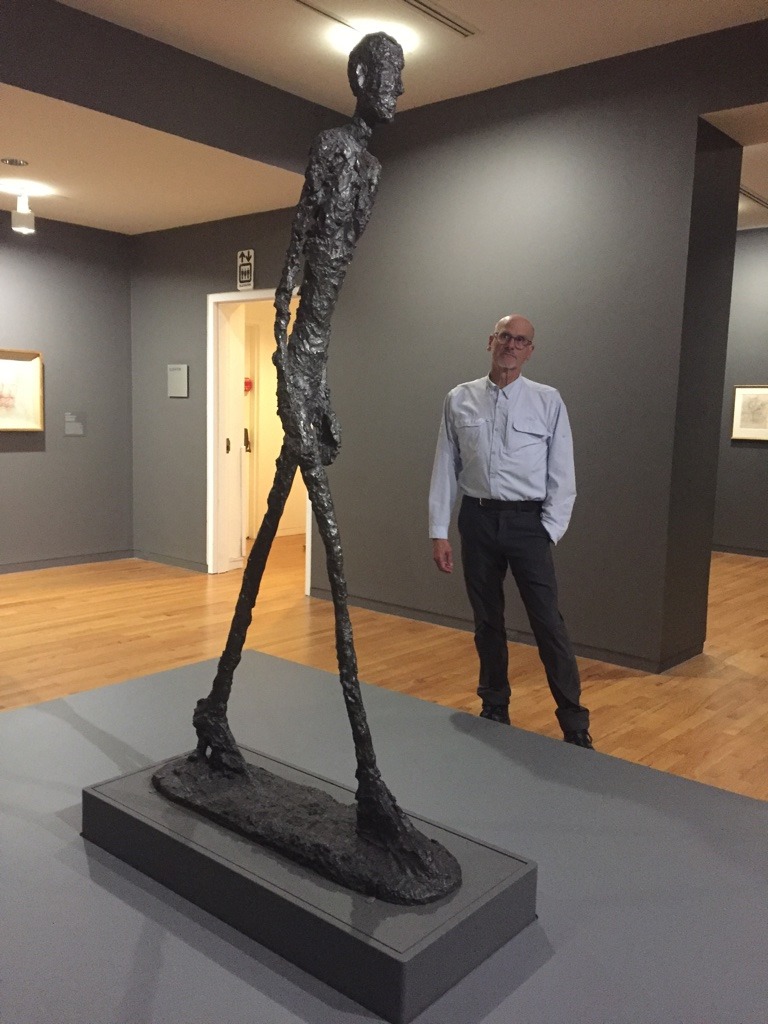
The Walking Man sculpture was created in the 1960s and is one of the series of sculptures created by Giacometti. During this period, Giacometti began to pay more attention to the form and lines of the human body. He abstracted the image of the human body and expressed the dynamics and emotions of the characters through lines and forms. In this series of works, the theme of “The Walking Man” is the image of a pedestrian, expressing the continuous progress of humanity in the passage of time.
The Concise and Abstract Beauty of the Human Body
The Walking Man sculpture is famous for its abstract human body image and condensed lines. Giacometti expresses the dynamics and vitality of the human body through simple lines and geometric shapes. The characters in the sculpture seem to be walking, and their posture and steps present a special sense of rhythm. Giacometti uses abstract techniques to integrate the form and emotions of the human body into sculptures, creating a profound sense of beauty.
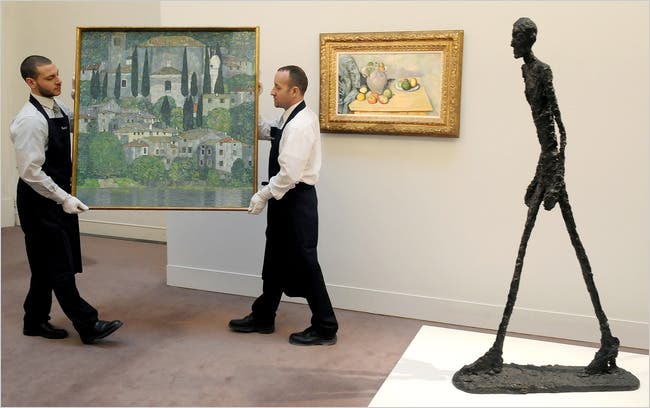
Exploring Emotions and Human Existence
The sculpture ‘The Walking Man’ contains profound emotions and thoughts beneath the surface. Giacometti abstracts the image of the walker, making it a universal symbol that represents the continuous progress and pursuit of humanity in life. This sculpture conveys a profound reflection on human existence and destiny, showcasing Giacometti’s exploration of human emotions and the meaning of life.
Material Handling and Spatial Correspondence
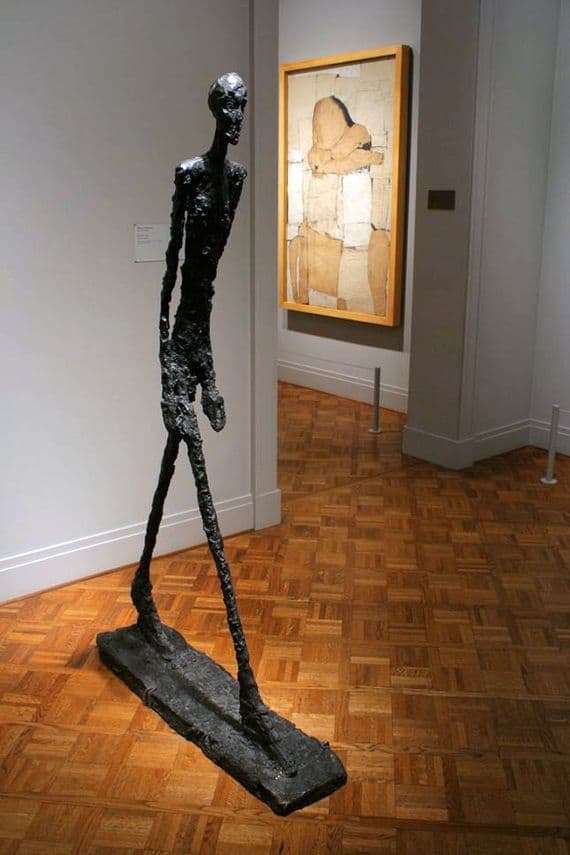
Giacometti’s sculptures often showcase unique aesthetics through the handling of materials and the use of space. The sculpture ‘The Walking Man’ uses materials such as bronze and presents the lines and texture of the human body through Giacometti’s exquisite craftsmanship. In addition, the form of the sculpture also echoes the surrounding space, integrating the work with the environment. Giacometti is adept at linking sculpture with space, creating an aesthetic experience that interacts with the audience.
Eternal Meaning and Influence
The Walking Man sculpture is not only a work of art, but also an eternal image. Giacometti vividly expresses human life and existence through abstract forms and profound emotions. This work transcends the limitations of time and space and becomes an object of resonance for the audience. Giacometti’s creative ideas and artistic style had a profound impact on later artists, and the significance of the sculpture ‘The Walking Man’ has also been inherited in the field of contemporary art.
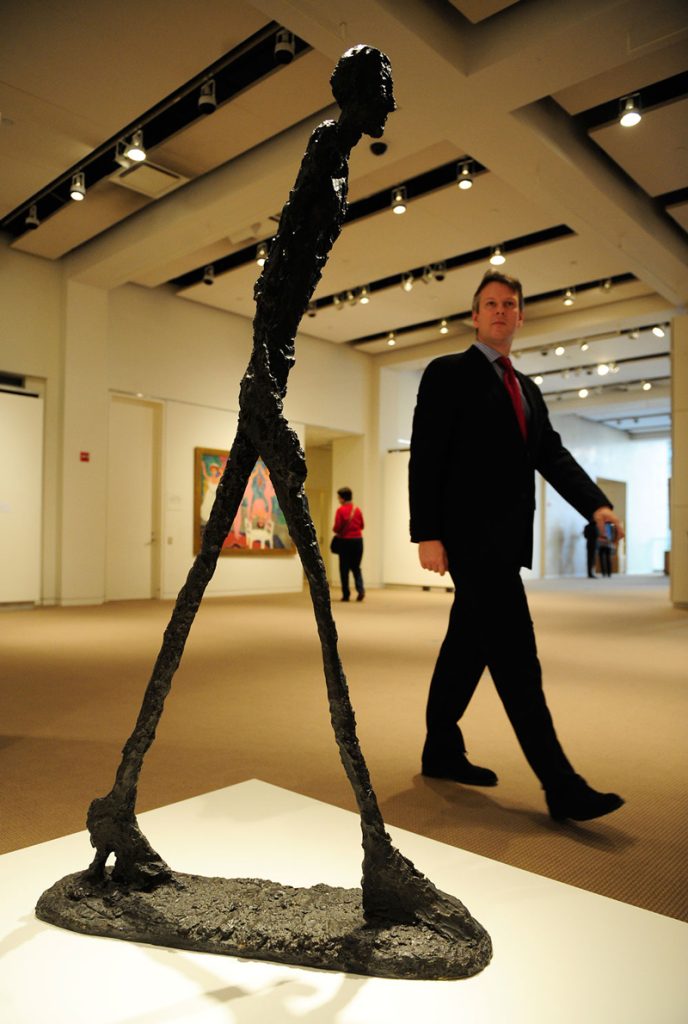
Conclusion
The Walking Man sculpture is one of Giacometti’s masterpieces in artistic creation, which vividly and profoundly expresses the dynamics of the human body and human existence through abstract forms and profound emotions. Giacometti, with his unique artistic language, combines the human body, time, and emotions to create an eternal image. This work not only holds an important position in the history of art, but also evokes emotional resonance in people’s hearts, becoming a praise for human life and existence.

